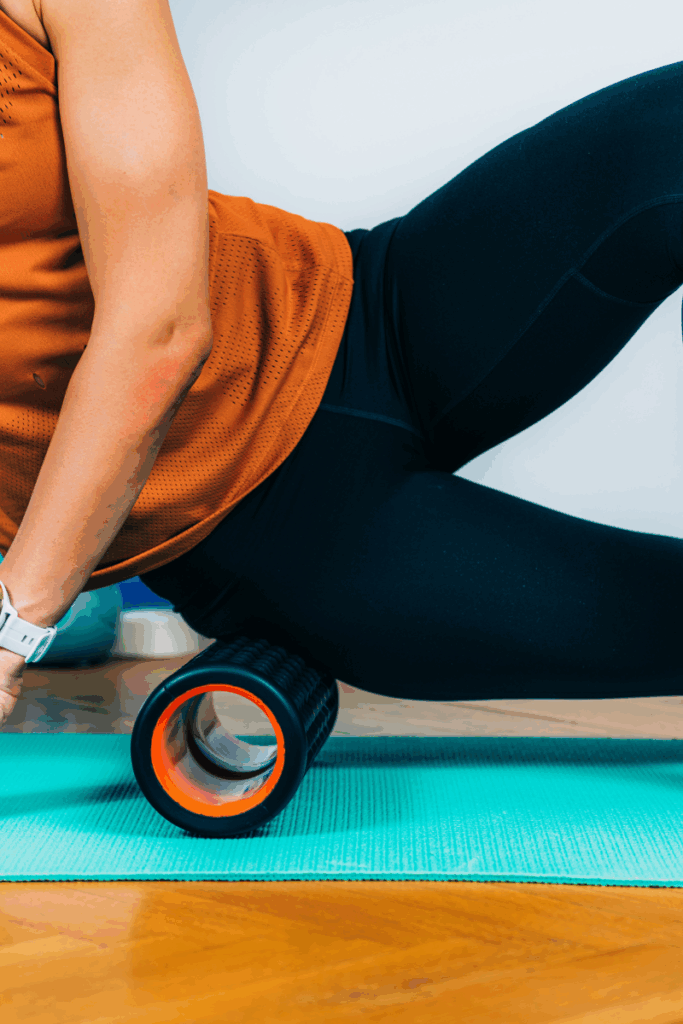How to Use Foam Rolling to Reduce Pain and Improve Flexibility
Posted by: Reform Physical Therapy in Exercise & Mobility Tips, Wellness & Lifestyle on June 12, 2025
Foam rollers have exploded in popularity in gyms, physical therapy clinics, and even at home. But are you using yours the right way? At Reform Physical Therapy, we’re big believers in educating our patients on simple tools they can use between sessions—and foam rolling for pain relief is one of our go-to recommendations.
Here’s how it works, why it helps, and how to do it safely.


What Is Foam Rolling, Really?
Foam rolling is a type of self-myofascial release, which is a fancy way of saying “giving yourself a deep tissue massage.” By applying pressure to certain muscles and connective tissues, you can help:
- Reduce muscle tightness
- Break up adhesions and knots
- Improve circulation
- Support flexibility and range of motion
- Decrease overall soreness
Whether you’re dealing with chronic tightness or post-workout soreness, foam rolling is a simple, effective tool you can use at home.
The Benefits of Foam Rolling for Pain Relief
1. Eases Muscle Tension
Most pain stems from tight, overworked muscles. Foam rolling helps release that tension by encouraging blood flow and loosening up tissue—kind of like giving your body a tune-up.
2. Supports Injury Prevention
When your muscles are more flexible and less restricted, your body moves better. That means fewer imbalances, less compensation, and lower risk of injury—especially in the hips, knees, and lower back.
3. Improves Flexibility
Foam rolling helps prep your muscles for movement and complements stretching. When done regularly, it can increase range of motion in key areas like your hamstrings, calves, and shoulders.
4. Promotes Quicker Recovery
Rolling after a workout can help flush out lactic acid, reduce inflammation, and minimize post-exercise soreness. This means you recover faster—and can stay active more consistently.
How to Foam Roll Safely and Effectively
Start Slow
If you’re new to foam rolling, go easy. It’s not about grinding into pain—it should feel like firm pressure, not torture. Roll slowly over each muscle group for about 30–60 seconds.
Focus on Common Tight Spots
Most people benefit from rolling:
- Calves
- Quads
- Hamstrings
- Glutes
- IT band (carefully!)
- Upper back and lats
Breathe Through It
Foam rolling can be uncomfortable, especially if you’re tight. Breathe deeply to help your muscles relax and avoid tensing up.
Avoid These Mistakes
- Don’t roll directly over joints or bones
- Don’t spend more than 90 seconds on one area
- Don’t roll too fast—slow pressure is more effective
- Avoid rolling your lower back (use a lacrosse ball instead or consult your PT)
Should You Foam Roll Before or After a Workout?
Both can be beneficial, depending on your goals:
- Before a workout: Use it to warm up, loosen tight areas, and improve movement quality.
- After a workout: Use it to cool down, reduce soreness, and promote recovery.
For daily pain relief, foam rolling at the end of your day can be a great way to unwind and restore mobility.
When to Talk to a Physical Therapist
If you’re consistently in pain, foam rolling might help—but it’s not a cure-all. Chronic pain, sharp or shooting sensations, or limited movement may need a deeper look. A licensed physical therapist at Reform can evaluate what’s really going on and show you exactly how to use foam rolling as part of a larger recovery plan.
Final Thoughts
Foam rolling is one of the easiest, most accessible tools to keep your body moving well between therapy sessions. It helps you stay active, reduces discomfort, and supports your long-term health goals.
If you have questions or want a personalized foam rolling plan based on your condition, book a consultation at Reform Physical Therapy. We’ll walk you through it—no guesswork, no pain, just smart movement.
